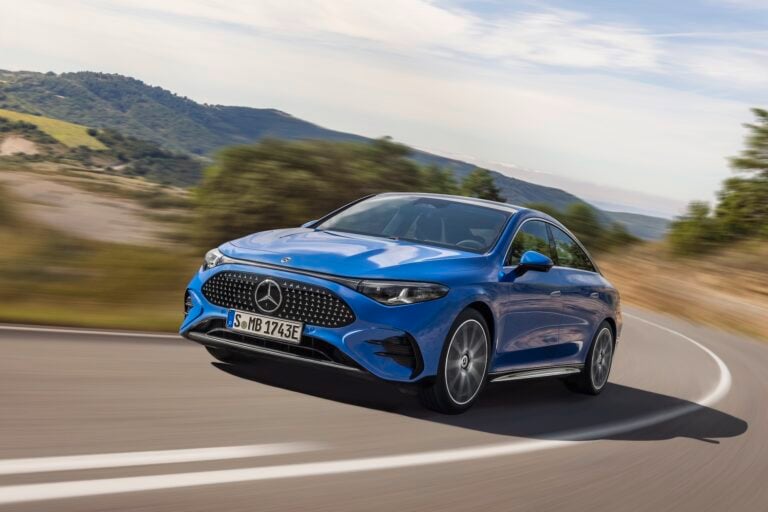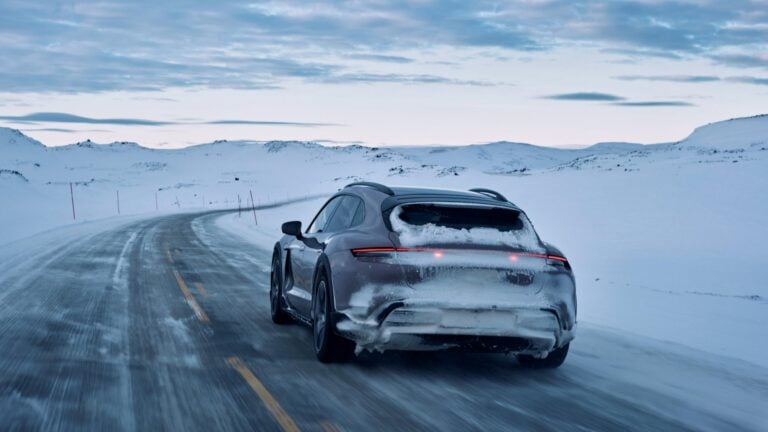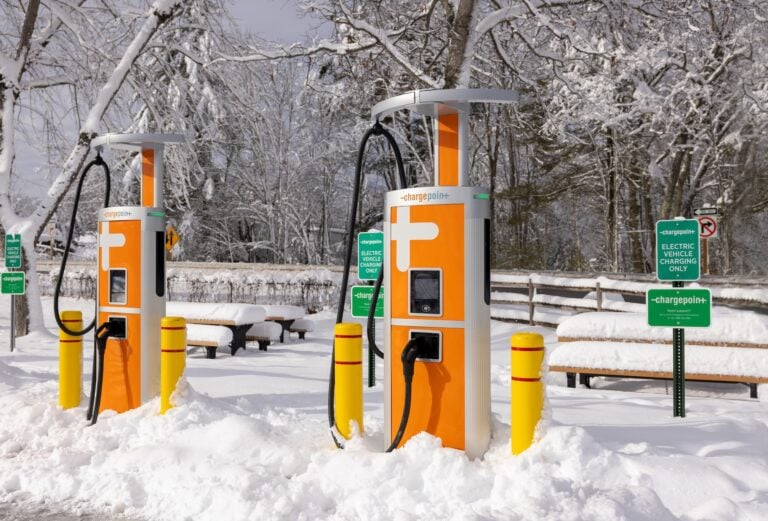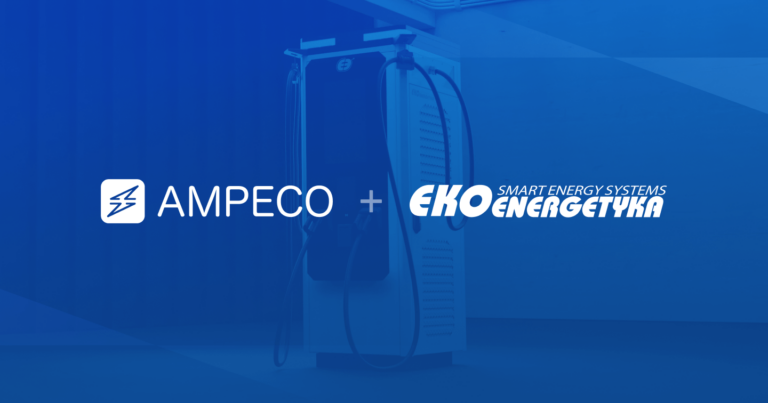What’s Happening
BMW of North America (BMW) and Pacific Gas and Electric Company (PG&E) are teaming up to investigate how vehicle-to-everything (V2X) technology might provide a solution for the growing power grid demand. With electric vehicles (EVs) increasingly dominating the roads, particularly in California, where approximately 40% of all US EVs are located, this technology could enhance reliability for electric customers and optimize renewable energy use.
The testing of V2X technology is taking place at PG&E’s Applied Technology Services (ATS) Lab in San Ramon. This initiative forms part of a broader partnership aimed at advancing V2X technology and exploring the potential of EVs as a flexible grid resource.
Why It Matters
According to Adam McNeill, Vice President of Engineering at BMW of North America, sustaining the electric grid presents a mounting challenge across the U.S. V2X technology could allow EV drivers to return excess stored energy from their vehicle batteries back to the grid in exchange for compensation. This system could be instrumental in maintaining grid stability and resiliency, particularly during high-demand power conditions.
Aaron August, PG&E Vice President of Utility Partnerships and Innovation, points out that combining utility and automotive industries can lead to a transformative clean energy future. The use of V2X technology to create “virtual power plants” from EVs may help utilities meet peak electricity demand without relying on non-renewable energy resources.
Key Points
The partnership builds on the ChargeForward smart charging program, launched in 2015, which incentivizes PG&E customers who drive a BMW EV to align vehicle charging with renewable energy availability, supporting the sustainability of the electric grid.
V2X technology could also enhance the amount of greenhouse gas-free resources powering the grid. It could store solar and wind energy generated during the day to supplement the availability of clean energy during peak evening demand periods and overnight.
Moreover, the pilot is examining how a typical home could optimize its renewable energy usage by alternating between EV battery-stored renewable energy and grid-provided renewable energy.
Bottom Line
This collaboration between BMW and PG&E demonstrates a promising advancement in the utilization of renewable energy and the potential for EVs to contribute to grid stability. Their extended partnership will continue through March 2026, with a focus on smart charging testing. The next stage will involve testing V2X-enabled vehicles, specifically vehicle-to-grid (V2G), in a field trial at the BMW Group Technology Office USA in Mountain View, California.
The successes from the ChargeForward program, combined with the potential benefits of V2X technology, illustrate how these initiatives can contribute to a more sustainable and reliable electric grid. With the aid of V2X technology, EVs could become not just a means of transportation, but also a valuable asset for the power grid and the clean energy future.








